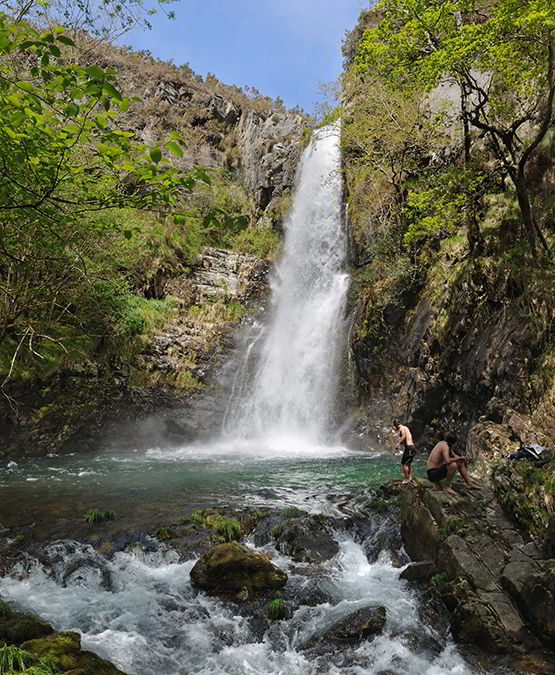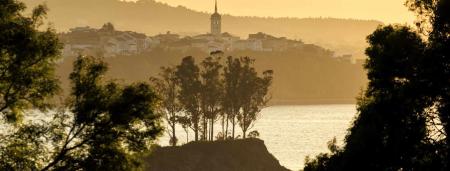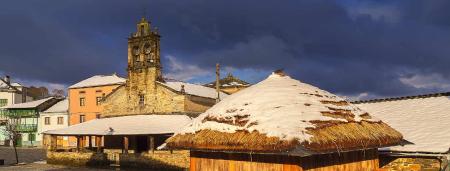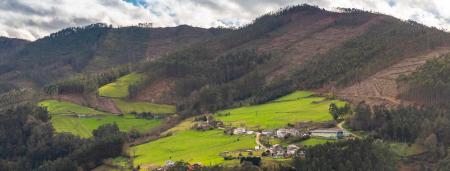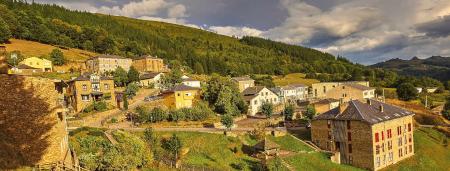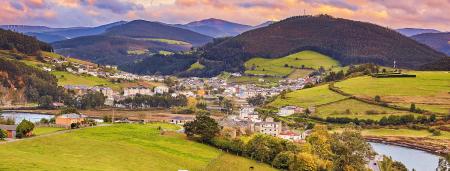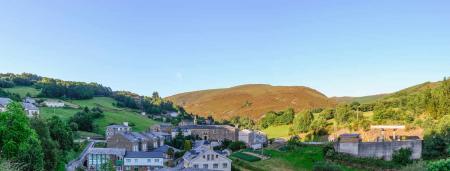Taramundi, together with Oscos, is a very important location in terms of the transformation of iron, and many forges and mazos (hammers powered by a water wheel) can be found along the river, as well fulling mills and hammers. Taramundi, which was really the birthplace of rural tourism, with the inauguration of the first hotel, La Rectoral, in 1986, is famous for its knives and all types of cutlery.
Food enthusiasts must try the bread, jams, honey and the cheeses made there.

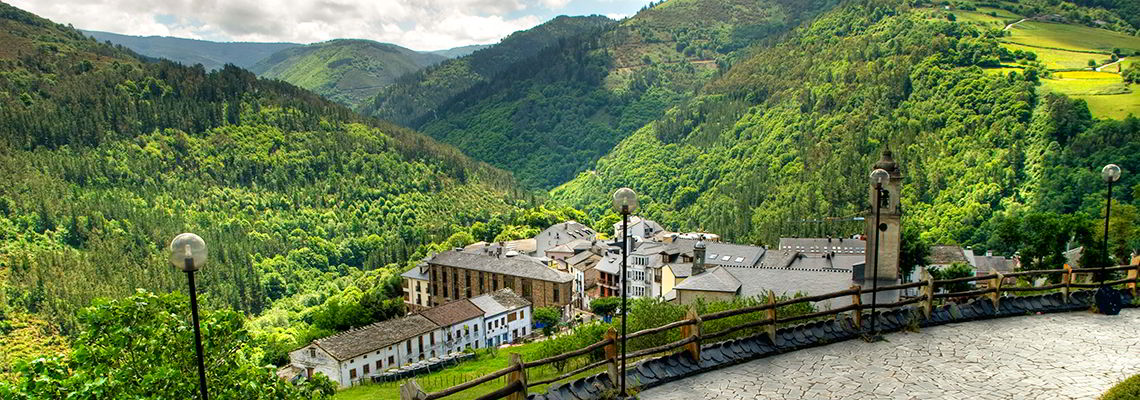
The unique villages include Aguillón, As Veigas and Os Teixóis. The latter is also a live museum, since it has a small power station and fulling mill still in operation. Arts and crafts enthusiasts should visit the Arts and Crafts Centre in Bres, the Cutlery Museum in Pardiñas, the Ethnographic Museum in Os Esquíos, the Sewing Museum in Taramundi and the Mill Museum in O Mazonovo.
Pure magic in the three Oscos: Santa Eulalia de Oscos, San Martín de Oscos and Villanueva de Oscos. Stone houses and slate roofs still dominate the landscape.
Some unique villages in Santa Eulalia de Oscos include Ferreira, Pumares, Quintá and Busqueimado. A marvellous visit to the hydraulic press in Mazonovo, which has once again been used as a blacksmith´s for a few years now, thanks to the Austrian Fritz Brasmsteidl. The Birthplace of the Marquis of Sargadelos is also a must-see. Among the most well-known routes is that of La Seimeira. This route leads to the village of A Coba, in Grandas de Salime. The village is a unique and unforgettable place, with a small cobbled caleya (path), a forest, a river, a stone bridge and a large old mill abandoned years ago. San Martín de Oscos, it is worth visiting the beautiful church, as well as the Mon Palace and the outside of the Casa de los Guzmanes House. Villanueva de Oscos has some gems as well, including the partially restored medieval monastery of Santa María de Vilanova. Here, the Santa Eufemia Bread Ecomuseum is well worth a visit.

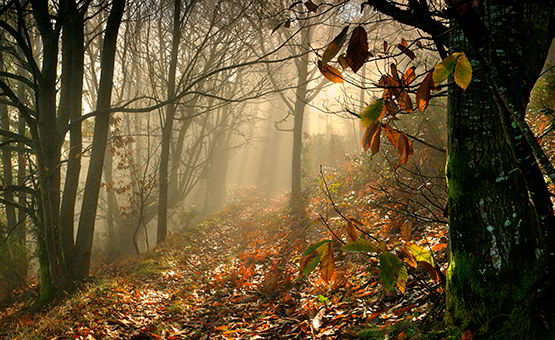

The endless journey continues on to San Tirso de Abres, along a beautiful and unique route, the railway route, and where the Eo River invites fishing enthusiasts to fish for trout and salmon during the open seasons.
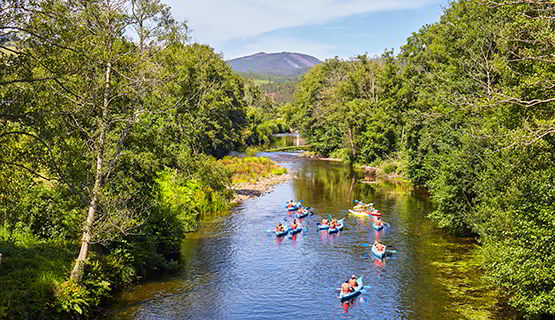
Vegadeo, in turn, is where pilgrims pass through on their way to Santiago along the coast and, as in most western parts of Asturias, there are also some very interesting routes, such as the Estraperlo and the Meredo Mallet, one of the most ethnographic gems of the district. However, visitors should not leave the region of Oscos-Eo without taking a stroll through the beautiful village of Castropol or admiring its infinite landscape from the Gremio de Mareantes viewpoint, in the Figueras port. Another fun option is to walk along the Cioyo Waterfall path.
